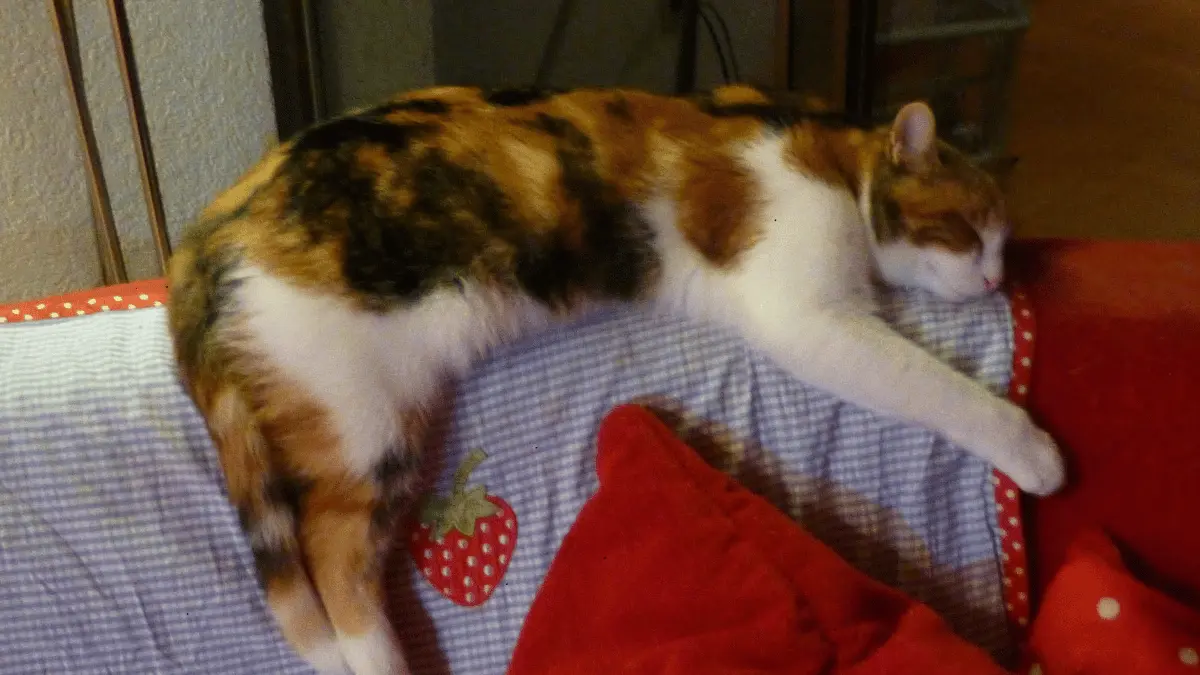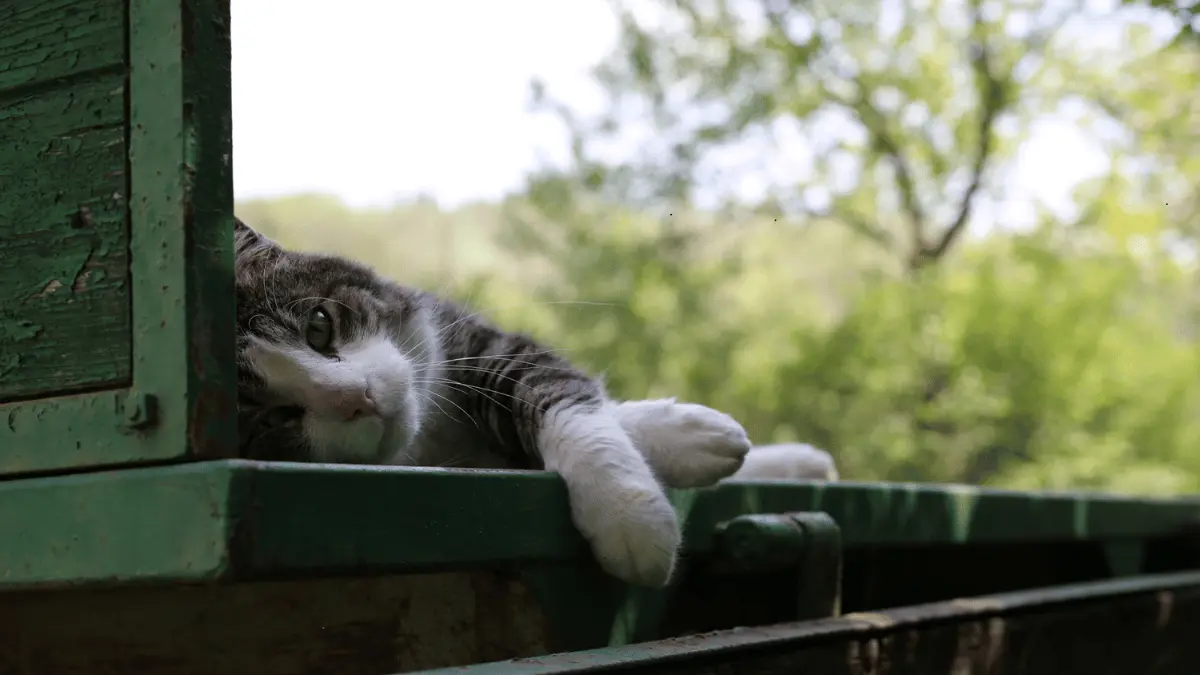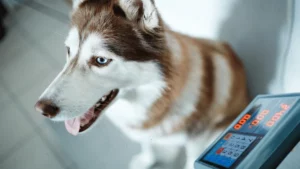Diseases in the Eyes of Cats: Symptoms and Treatment
Cats, with their mesmerizing eyes, are a beloved part of many households. However, just like humans, they can experience various eye problems. Recognizing the symptoms and seeking timely veterinary care is crucial for preserving your cat’s vision.
Common Symptoms of Cat Eye Diseases
- Redness: A noticeable redness in the white part of the eye or around the eyelid.
- Discharge: Excessive tearing, watery discharge, or thick, purulent secretions.
- Squinting or Closing the Eye: Frequent squinting or keeping one or both eyes closed.
- Pawing at the Eye: Excessive scratching or rubbing of the eye with their paws.
- Cloudy Cornea: A hazy or cloudy appearance to the clear front part of the eye.
- Visible Third Eyelid: The third eyelid, a thin membrane at the inner corner of the eye, may become more prominent.
- Changes in Behavior: Lethargy, decreased appetite, or avoidance of light.
Common Cat Eye Diseases
- Conjunctivitis: Inflammation of the conjunctiva, the thin, clear membrane covering the white part of the eye and the inside of the eyelids.
- Chlamydiosis: A bacterial infection that can cause severe conjunctivitis, often with thick, purulent discharge.
- Cataracts: A clouding of the lens of the eye, which can lead to blurred or impaired vision.
- Glaucoma: Increased pressure within the eye, which can damage the optic nerve and lead to blindness.
- Uveitis: Inflammation of the middle layer of the eye, which can cause pain, redness, and vision problems.
- Keratitis: Inflammation of the cornea, the clear outer layer of the eye.
When to Seek Veterinary Care
If you notice any of the above symptoms in your cat’s eyes, it’s essential to consult a veterinarian promptly. Early diagnosis and treatment can often prevent more serious complications.
Prevention Tips
- Regular Veterinary Checkups: Schedule routine eye exams as part of your cat’s overall healthcare.
- Cleanliness: Keep your cat’s environment clean to minimize the risk of infections.
- Avoid Irritants: Protect your cat from exposure to irritants like smoke, dust, or harsh chemicals.
- Prevent Injuries: Be cautious when playing with your cat to avoid accidental eye injuries.
By being vigilant about your cat’s eye health and seeking veterinary attention when needed, you can help ensure a long and healthy life for your feline companion. Remember, early detection and treatment are key to preserving your cat’s vision.
Keywords: cat eye diseases, conjunctivitis, chlamydiosis, cataracts, glaucoma, uveitis, keratitis, eye health, feline health, veterinary care














